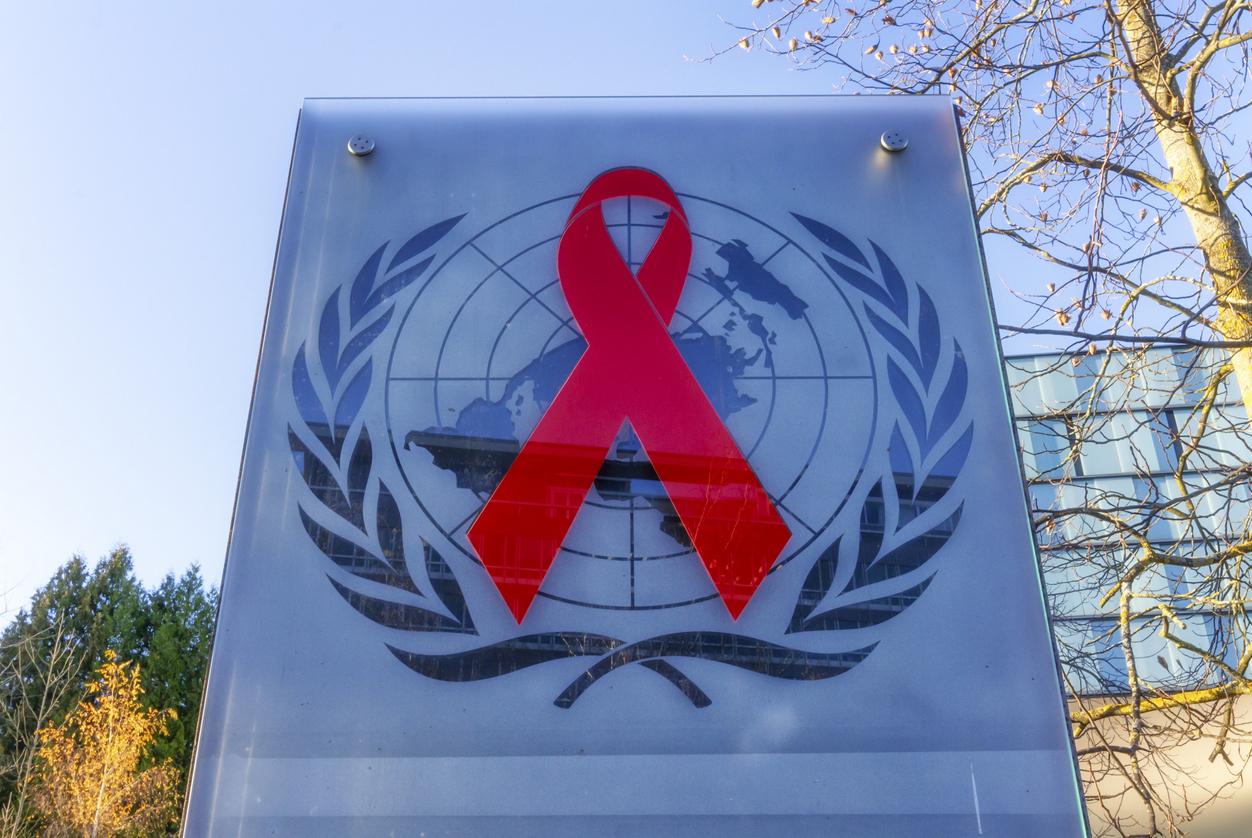Malnutrition is the number one risk factor for disease in the world. Its consequences can range from stunted growth to the onset of disorders such as diabetes.

Malnutrition is the first risk factor for morbidity worldwide, such is the observation made in the Global Nutrition Report in 2016. This report was written by independent experts, bringing together experts from United Nations organizations, academics or members of non-profit foundations. Malnutrition is the consequence of a diet that is unbalanced in quantity or quality, and includes undernourishment, overeating and poor assimilation. It can cause multiple problems ranging from impaired growth and development in children, reduced resistance to infections, obesity or increased cardiovascular disease. Today, it affects one in three people in the world, according to this report.
Number of obese people on the rise
The World Nutrition Report is the only annual, independent and comprehensive account of the state of nutrition in the world. He reports that health services in many countries are overwhelmed by two problems: undernutrition which causes stunting and anemia in children, and the growing number of overweight adults. According to experts, malnutrition is responsible for nearly half of all deaths of children under five worldwide. The figures show that the rate of obese and overweight people is on the rise in all parts of the world and in almost all countries.
A heavy economic cost
From an economic point of view, 11% of the Gross Domestic Product (GDP) is lost every year in African and Asian countries due to malnutrition. The individual cost is also important. In fact, in the United States, a family spends an additional 8% of its annual income when one of its members is obese. In China, a diagnosis of diabetes results in an annual loss of income of 16.3% for those with the disease.
But the report also notes progress. The number of children under 5 who are below average is declining in Africa, Oceania and Ghana. In 10 years, the rate of stunting has been halved, from 36% to 19%.
Finally, the experts emphasize that investing in prevention campaigns is profitable: each dollar spent brings in 16 dollars in return on investment.
.















